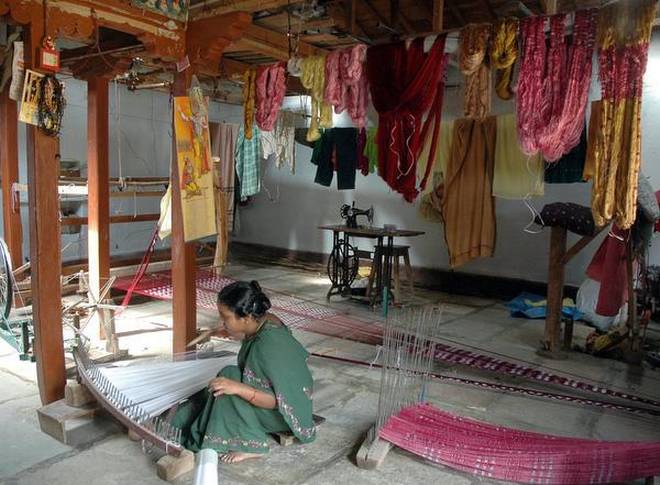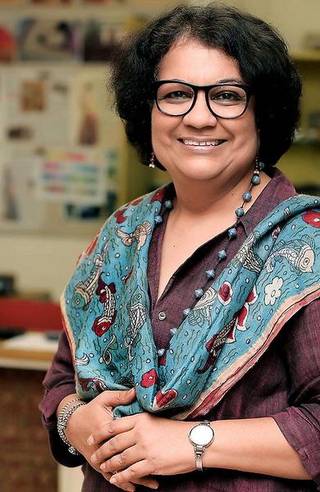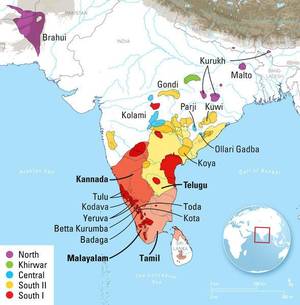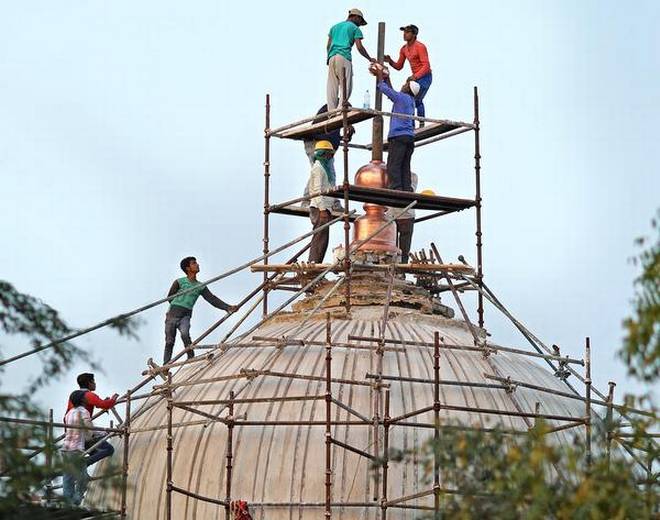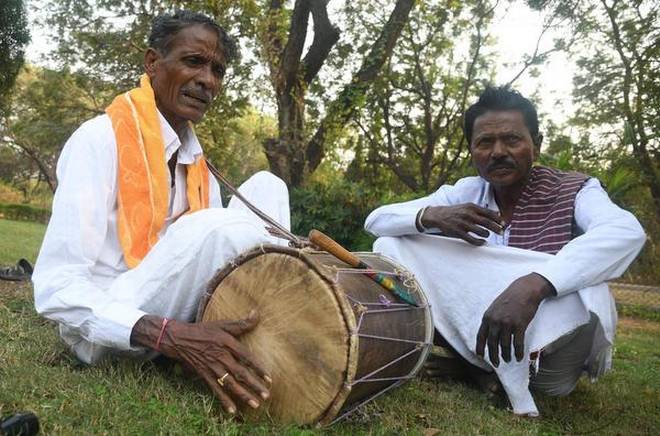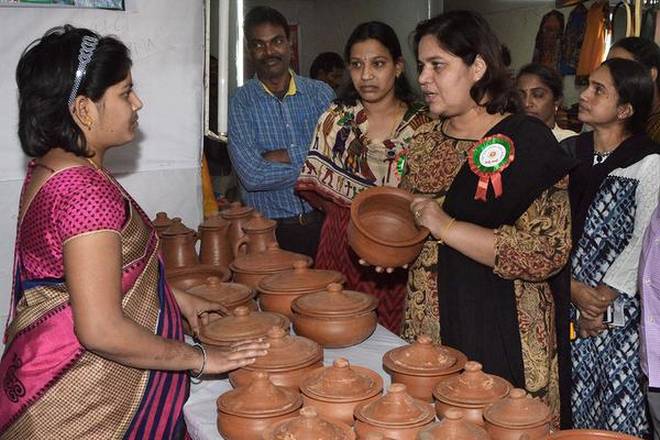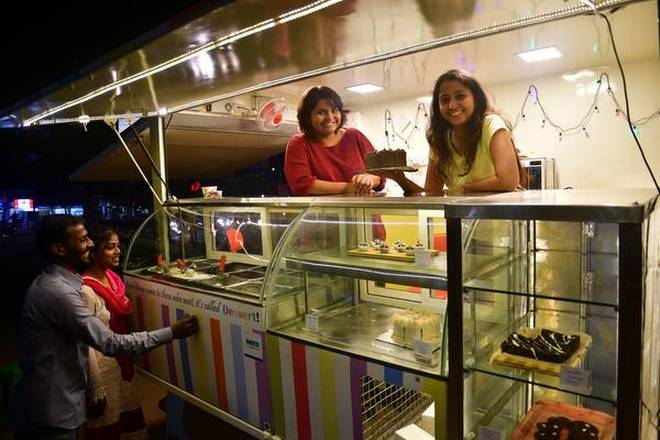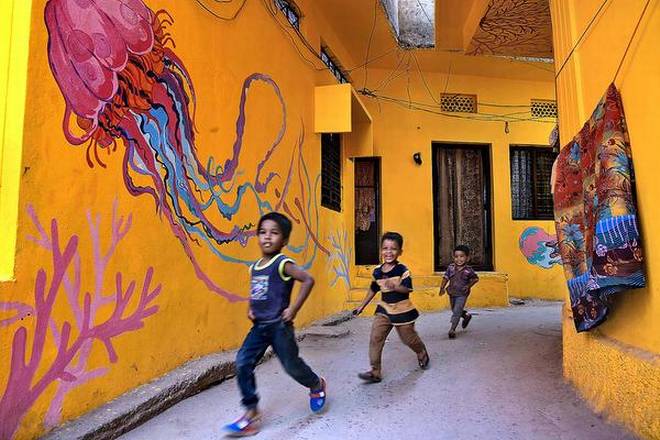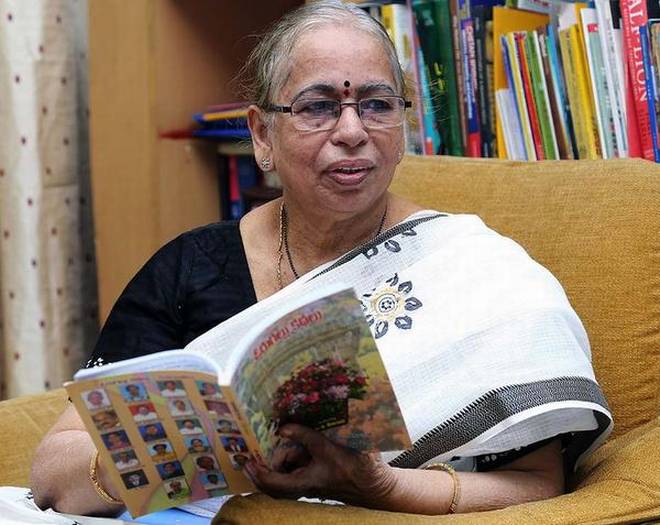Fine pearls, pearls made of shell, shell-beads, and tortoise-shaped beads found
The Satavahana dynasty rulers had very good regular trade and cultural exchange programmes with all the countries in the world as was evident with the recovery of 40 fine pearls with holes and other material including metals during the excavations conducted by the State Archaeology and Museums at Peddabonkur village of Peddapalli district.
The department had launched the excavation works in a scientific manner in a sprawling 67 acres of land in the village since February 18 to unravel the history of Satavahana dynasty.
During the excavations for the first time the authorities had found the fine pearls, pearls made of shell, shell-beads, tortoise-shaped beads, gold-plated pearls, mud pearls, crystals, bangles, pottery, measurement pottery, dice made of bones, horn of deer, metal products etc.
Director of Archeology and Museums N.R. Visalakshi, who inspected the excavations on Wednesday, told newsmen that the recovery of pearls and other materials indicate that the Satavahana rulers were prosperous 2,000 years ago. The recovery of pearls and other materials show that they had trade and cultural relations with other parts of the world.
She said that they had unearthed pottery dump-yard and huge collection of pottery during the excavations. The coins and metals recovered from the spot would be sent for metallurgical survey to conduct non-invasive survey to analyse when it was first fired and the textures etc. without causing damage to the metals, she added. All these recoveries were collected after conducting excavations for 30 cm to 60 cm depth.
During the earlier excavations in the village in 1968 and 1973-74, the department had unearthed brick constructions, brick wells and the coins used by the Satavahanas, Mauryas and Romans.
She said that they were taking up the excavations in a scientific manner to preserve the ancient history and legacy of the Satavahana dynasty. She added that they would further continue excavations in coordination with district administration.
source: http://www.thehindu.com / The Hindu / Home> News> Cities> Hyderabad / by Special Correspondent / Peddubonkur (Peddapalli)- March 29th, 2018
